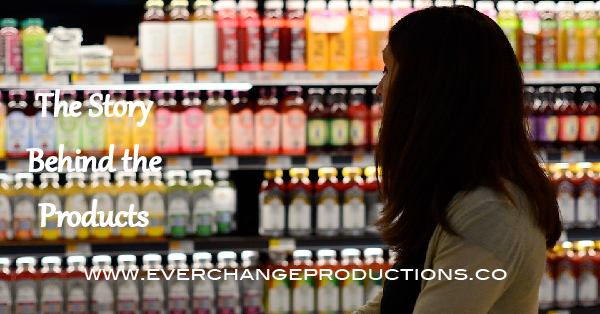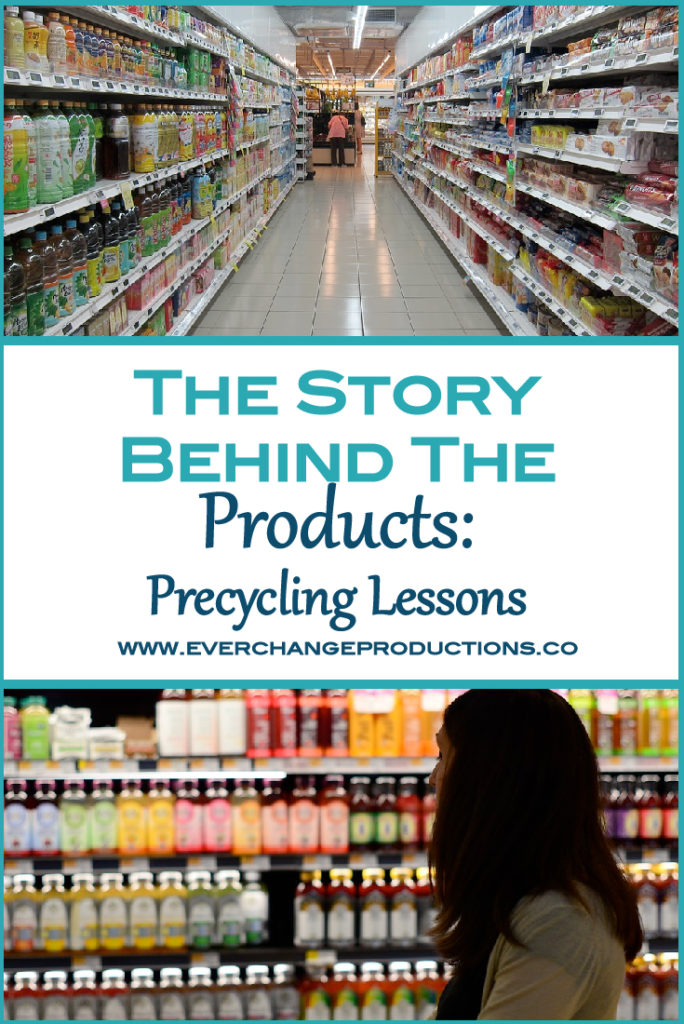The Importance of Reducing Waste: Precycling Lessons
Over the past few years, I’ve learned important precycling lessons. I hope to pass these precycling lessons and share the information that I’ve learned.
What is Precycling
Precycling, also referred to as reducing waste, is the practice of reducing consumer waste. It is the premise of the zero waste movement.
What is the difference between recycling and precycling?
Although precycling sounds similar to recycling, it’s actually quite different and it’s important to note. Precycling is a preventative as recycling is reactive. Precycling focuses on the prevention of waste production before it ever enters the home. This ensures that steps are taken before a substance, material or product becomes waste.
Precycling Lessons
Let’s take a walk through the grocery store with a typical family.
They buy a couple of typical things for the house, such as fruits, vegetables, Lunchables and a few things for a party, such as 4 2-Liters of soda. This family is a relatable family that needs things for parties and easy lunches for his kids to eat. They have a story, but so do the products they’re buying.
The Story Behind Our Products
For example, the 2-liters they bought. These kinds of bottles are made of PET (polyethylene terephthalate), probably more commonly known as #1 plastic. It’s commonly used because it’s both light, durable, can take many shapes and appearances. To make these kinds of products, oil is extracted from the Earth (over 17 million gallons of oil per year to be exact) cleaned, and turned into pellets. During the process, chemicals are mixed together and some impurities can occur, which can affect the taste of the liquid. You can learn more about the chemical process here.
Once the plastic is made, numerous tests are conducted to make sure the plastic is impermeable by carbon dioxide.
From this point, the bottle is stretched, molded and cooled various ways.
While doing research for this post, I found out that the product of water bottles uses 17 million gallons of oil per year and it takes 3 times as much water to make the bottle as it does to actually fill it.
Back to the 2-liters- of course the next step is to send it to a factory to be filled and then shipped again to the store. Despite my hours and hours of searching far and wide on the web, I was unable to find an average of exactly how many miles it takes to get to the factory and then to the store. I even asked Coca-Cola, but have yet to receive an answer. Not to worry, I’m sure they work very hard to find out. The average American meal travels 1500 miles to reach our plates, so hopefully we put more emphasis on our food than our sugary drinks and that number is a bit more.
So obviously, once they reach the store our family buys it, takes it to a party and then what? With only 29.8 billion bottles being bought every year, more than 60 million plastic bottles ending up in landfills and incinerators every day, it’s not very likely that those perfectly usable bottles will be reused or recycled.
Where Does Trash End Up?
So what will happen to them next?
Well, for the millions thrown away everyday, they stay there forever. Wood, grass and food scraps undergo a process known as biodegradation when they’re buried. They’re transformed by bacteria in the soil into other useful compounds. This doesn’t work with plastic and that’s why it’s not unreasonable to believe that plastic will never biodegrade. To decompose, plastic needs sunlight. This is called photodegradation and happens because UV rays strike plastic and then it breaks the bonds holding the long molecular chain together. Over time this will turn a big piece of plastic into lots of little pieces. Research says it could take up to or more than a million years for this to happen.
What Happens to Landfills Over Time?
This is a problem because most plastic never gets to see the light of day. Landfills are usually set up as one of two ways. Either the landfill is set up where trash is buried or where trash is piled up like a mountain. In some ways this is better because many plastics are made of toxins that would end of leaching into our water supply and damaging our Earth.
Then there is the plastic that ends up in the ocean or another body of water. It gets all of the sunlight that it needs to break down, but the problem is it can never break down completely, so now is those little bits of plastic are broken down to the toxic chemicals that created them or wildlife will try to eat them before they get that small.
Biodegradables aren’t much better because they only break down in very certain situations and landfill don’t happen to be one.
If they’re lucky, the plastic bottles get to live on in the forms of other creations- whether they are recycled into other bottles, plastic furniture or are reused to make a hummingbird feeder.
There are plenty more precycling lessons to learn, but for now here are top ten ways to precycle. Don’t let the story above be the story of your products.
This information can be bit overwhelming, but there is a story behind all these facts.
And that helps us realize that we should:
Don’t forget to pin these for later!



It’s so interesting to learn about all the processes that go into things we use without thinking about it every single day!
It sure is!